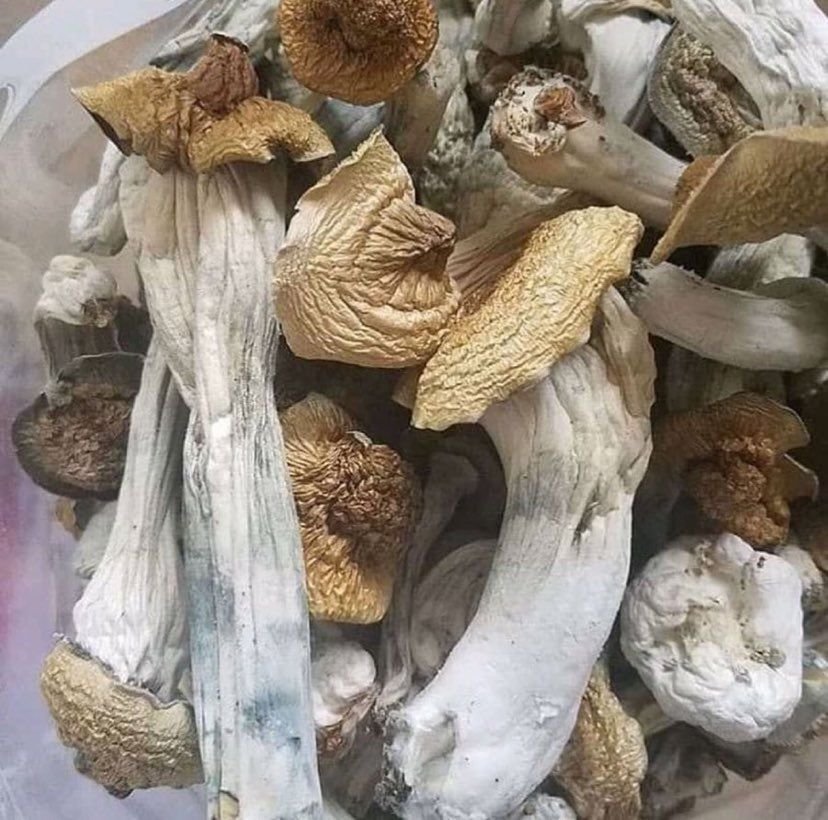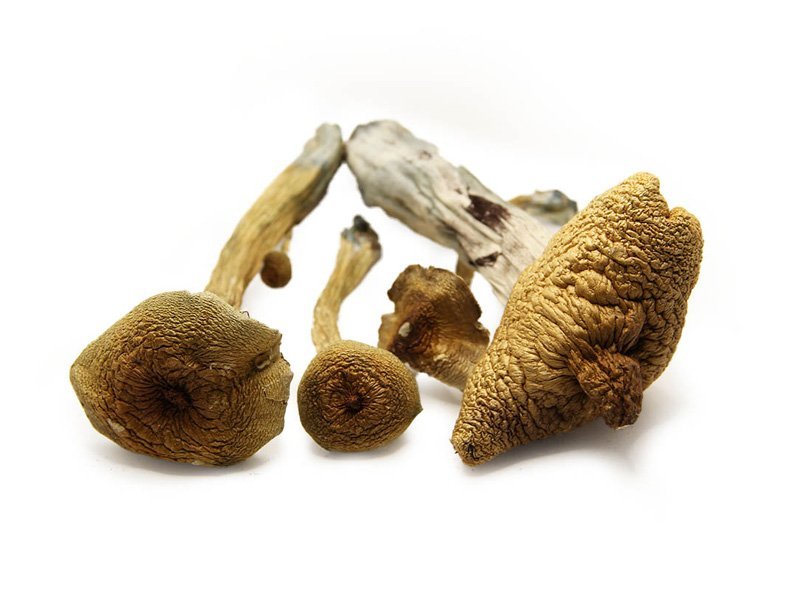ecuador mushroom
ecuador Mushroom, a small country straddling the equator in South America, is celebrated for its astounding biodiversity like From the Amazon rainforest and Andean highlands to the coastal lowlands and the enchanted Galápagos Islands, Ecuador Mushroom, hosts a rich tapestry of life forms. Among its natural wonders, one of the less explored yet fascinating domains is that of fungi especially mushrooms.we also have the ecuador psychedelic mushrooms, ecuador mushroom strain,
Ecuador Mushroom, are not merely background characters in its vibrant ecosystems. They play critical ecological roles, hold deep cultural significance, and offer promising opportunities for scientific discovery and sustainable development. In this article, we will delve deep into the world of Ecuador Mushroom, exploring their biodiversity, traditional and medicinal uses, ecological importance, and the future prospects surrounding them. very cheap and affordale
ecuador psychedelic mushrooms

ecuador psychedelic mushrooms, rich landscapes — from the Amazon Basin to the Andes Mountains make it an ideal environment for a variety of ecuador psychedelic mushrooms, particularly species in the Psilocybe genus. Indigenous peoples of ecuador psychedelic mushrooms, have used these mushrooms for centuries in traditional spiritual and healing ceremonies. Among the most well-known is Psilocybe cubensis, often referred to simply as “Ecuador Cubensis,” a robust and resilient strain famed for its powerful visual and introspective effects.
Ecuadorian psychedelic mushrooms thrive naturally in humid forests and grasslands, often growing in nutrient-rich soils and near livestock. These mushrooms contain psilocybin and psilocin, natural compounds that produce altered states of consciousness, enhanced perception, emotional breakthroughs, and profound spiritual experiences. Today, Ecuador’s psychedelic mushrooms attract researchers, psychonauts, and cultural explorers interested in their traditional uses and therapeutic potential.
While the ecuador psychedelic mushrooms, celebrated for their impact on consciousness and mental health, it’s important to approach ecuador psychedelic mushrooms, with respect, preparation, and an understanding of local laws and cultural significance.
Biodiversity of Mushrooms in Ecuador
Ecuador, renowned for its rich and diverse ecosystems, is home to an extraordinary variety of mushrooms. From the lush Amazon rainforest and cloud forests to the Andean highlands, the country’s unique climates and altitudes create ideal environments for fungal growth. Ecuador hosts hundreds of mushroom species, including both edible varieties and rare, lesser-known fungi, many of which are still being studied by mycologists. Notably, Ecuador is also home to psychedelic species like Psilocybe cubensis, which have traditional and cultural significance among indigenous communities. The incredible biodiversity of Ecuador’s mushrooms plays a vital role in maintaining ecological balance, contributing to nutrient cycling, forest health, and serving as important resources for local populations. Ongoing research continues to reveal new species, highlighting Ecuador as a global hotspot for fungal diversity and conservation efforts.
Ecuador’s unique geographical location and diverse climates — ranging from humid rainforests to cool mountainous regions — create ideal conditions for a wide array of fungal species.
Estimates suggest that Ecuador may host over 10,000 species of fungi, though only a fraction has been formally documented. In fact, according to some mycologists, fungi could outnumber plant species by a ratio of six to one in tropical environments.
Notable ecosystems contributing to mushroom diversity include:
1. Amazon Rainforest
The Amazon Basin is a cradle of biodiversity, and also its humid, nutrient-rich environment is perfect for a variety of saprophytic, mycorrhizal, and parasitic fungi. Giant mushrooms, bioluminescent fungi, and rare for symbiotic species thrive in the undergrowth.
2. Andean Cloud Forests
These misty, high-altitude forests are known for their high endemism. Species such as Mycena, Marasmius, and exotic types of boletes are commonly found here. The constant humidity and decaying plant material provide a rich medium for mushroom growth.
3. Coastal Lowlands and Mangroves
Even coastal Ecuador has its share of fascinating fungi, adapted to saline and brackish conditions.
4. The Galápagos Islands
Although not as diverse in fungi as the mainland, the Galápagos Islands have unique fungal species that evolved in isolation, some of which may form symbiotic relationships with endemic plants.
ecuador mushroom strain
The ecuador mushroom strain is a popular variety of Psilocybe cubensis known for its resilience and ease of cultivation, making it a favorite among growers. Originally discovered in the high-altitude regions of ecuador mushroom strain, this strain produces medium to large ecuador mushroom strain, with thick stems and broad, golden-brown caps. ecuador mushroom strain, is often praised for its balanced, moderate potency, offering users a euphoric yet grounded psychedelic experience. ecuador mushroom strain, is adaptability to various environments also contributes to ecuador mushroom strain, widespread use among beginners and experienced cultivators alike.
Traditional Uses of Mushrooms
For indigenous communities across Ecuador, mushrooms have long been part of daily life. Their roles encompass:
Food
Many native edible species have been traditionally collected for consumption. Local markets in cities like Otavalo or rural Amazonian towns often sell wild mushrooms, such as:
-
Termitomyces: A prized edible mushroom growing in symbiosis with termites.
-
Agaricus spp.: Wild relatives of the common button mushroom, collected fresh from meadows and forests.
Preparation typically involves simple methods like grilling, boiling, or using mushrooms as an ingredient in stews and soups.
Medicine
In traditional Amazonian medicine, some mushrooms have been used to treat wounds, fevers, and digestive ailments. For example:
-
Ganoderma spp. (“reishi-like” mushrooms): Used for boosting immunity and overall vitality.
-
Phellinus species: Applied in poultices or decoctions for anti-inflammatory effects.
While some uses are anecdotal, they form an important part of the traditional ethnopharmacological knowledge passed down through generations.
ecuador magic mushroom
The ecuador magic mushroom is a well-known strain of Psilocybe cubensis originating from the Andean region of ecuador magic mushroom. It’s celebrated for its robust growth, thick stems, and broad, caramel-colored caps. Known for delivering a balanced psychedelic experience, it often provides uplifting euphoria, visual stimulation, and a grounded, introspective journey. ecuador magic mushroom, is a reliable potency and easy cultivation make ecuador magic mushroom, a favorite among both beginners and experienced psychonauts of ecuador magic mushroom.
Spiritual Practices
There is evidence suggesting that hallucinogenic mushrooms, particularly species of Psilocybe, have been used in shamanic rituals by indigenous Amazonian groups. These practices involve inducing visions for healing or spiritual guidance, although documentation is relatively scarce compared to regions like Mexico.
ecuador mushroom spores
The ecuador mushroom spores come from a hardy Psilocybe cubensis strain native to the Andean mountains. ecuador mushroom spores, for their resilience and rapid colonization, ecuador mushroom spores, are popular among cultivators and researchers. They produce ecuador mushroom spores, with thick stems and broad, golden-brown caps, offering a balanced and reliable growth profile of ecuador mushroom spores .
Ecological Roles of Mushrooms
Mushrooms are not just fascinating for their appearance and utility — they are essential to ecosystem health:
1. Decomposers
Many Ecuadorian mushrooms are saprobes, meaning they decompose dead organic material. This recycling is crucial for nutrient cycling, allowing forests to sustain their lush vegetation.
2. Mycorrhizal Partners
Species like Amanita, Russula, and Boletus form mycorrhizal relationships with trees, aiding in nutrient and water uptake in exchange for carbohydrates. These symbioses are vital for the survival of many forest trees, particularly in nutrient-poor soils.
3. Disease Agents and Parasites
Some fungi are pathogenic, playing a role in natural selection by targeting weaker plants or insects. Certain cordyceps species, for instance, parasitize insects, helping regulate insect populations.
4. Soil Formation and Health
Fungi help bind soil particles and increase soil fertility. Their underground mycelial networks act like living webs, stabilizing the soil and facilitating nutrient exchanges.
Unique and Interesting Mushroom Species from Ecuador
Several remarkable mushroom species have been documented in Ecuador, including:
Bioluminescent Mushrooms
Ecuador is home to several glowing mushrooms, such as species of Mycena and Panellus, which emit a soft greenish light at night. The function of this glow is still debated but may attract insects that help in spore dispersal.
Psilocybe spp.
The genus Psilocybe includes hallucinogenic mushrooms known for their psychoactive properties due to the presence of psilocybin. Ecuadorian rainforests are known to harbor various Psilocybe species, some still awaiting full scientific description.
Tropical Boletes
The Andean regions yield colorful boletes, some sporting brilliant blue bruising reactions and unusual pore surfaces. New species continue to be discovered, contributing to scientific understanding of fungal taxonomy.
Research and Conservation
Despite the rich fungal biodiversity, research on Ecuadorian mushrooms remains in its infancy. Several universities, such as the Universidad San Francisco de Quito (USFQ), have initiated fungal biodiversity studies, often in collaboration with international institutions.
Key areas of current and future research include:
-
Taxonomy and Discovery: Identifying and describing new fungal species.
-
Ethnomycology: Documenting indigenous knowledge and uses of fungi.
-
Conservation Biology: Studying fungi’s roles in ecosystem services and their responses to habitat loss.
-
Bioprospecting: Exploring mushrooms for potential pharmacological or industrial applications.
Unfortunately, deforestation, climate change, and habitat destruction threaten not only visible flora and fauna but also the hidden fungal networks. Some species might go extinct before even being discovered.
Conservation efforts that include fungal biodiversity — sometimes called the “funga” alongside “flora and fauna” — are gaining traction globally, and Ecuador is beginning to recognize the importance of including fungi in biodiversity assessments.
Challenges and Opportunities
While the diversity of mushrooms offers many opportunities, there are also significant challenges:
Challenges
-
Lack of Public Awareness: Fungi often receive less attention compared to plants and animals.
-
Limited Research Funding: Mycological research is underfunded in comparison to other biological fields.
-
Habitat Loss: Continued deforestation poses a major threat to fungal diversity.
-
Overharvesting: In some areas, wild mushroom overharvesting could threaten local populations.
Opportunities
-
Ecotourism: “Mushroom tourism” — offering guided mycological walks — is an emerging niche.
-
Biotechnology and Medicine: Ecuadorian fungi may hold the keys to new antibiotics, anti-cancer compounds, or sustainable biomaterials.
-
Sustainable Agriculture: Mycorrhizal fungi can be harnessed to improve crop yields without chemical fertilizers.
As awareness grows, so too does the opportunity to preserve and benefit from this remarkable fungal wealth. Through careful study, conservation efforts, and respect for indigenous knowledge, Ecuador has the chance to lead the way in recognizing fungi as the crucial, magical organisms they are.
In a world facing environmental uncertainty, the hidden kingdom of Ecuador’s mushrooms may very well be part of the solution offering nourishment, medicine, and wisdom from the Earth itself.
dmt products for sale


